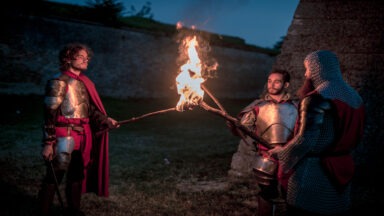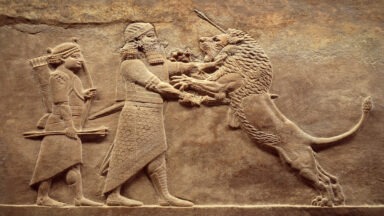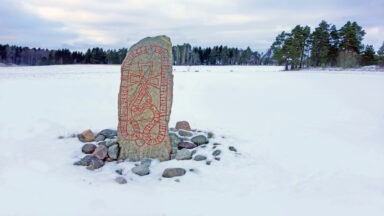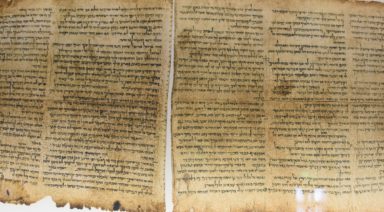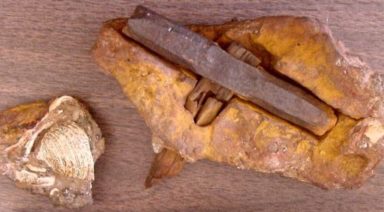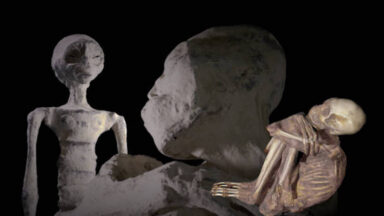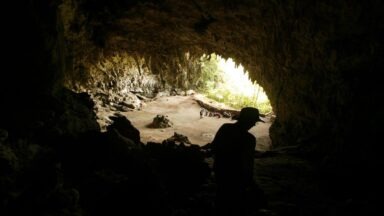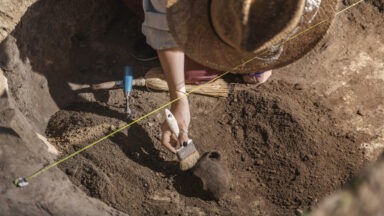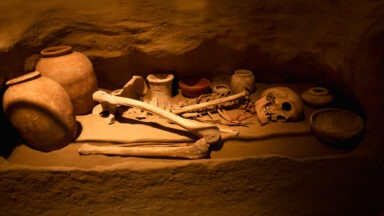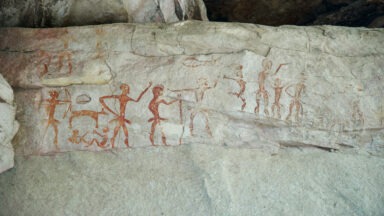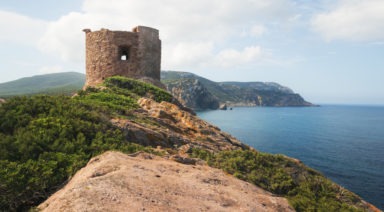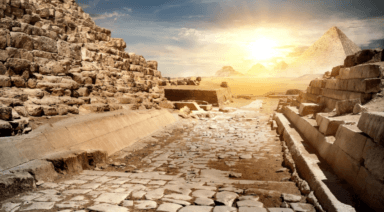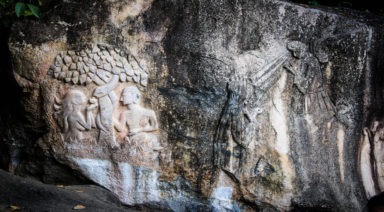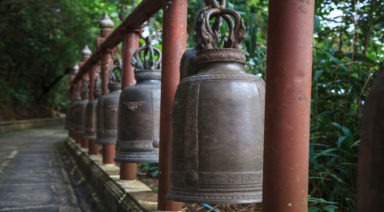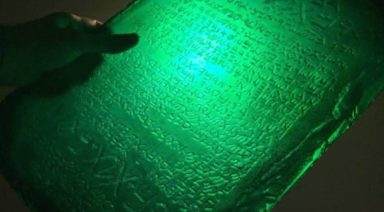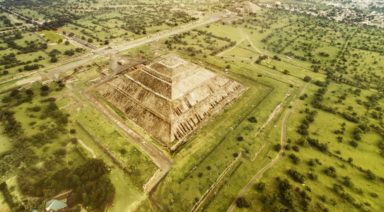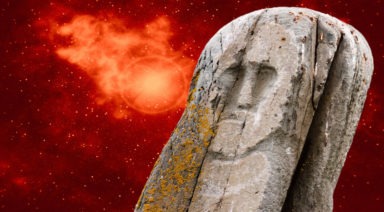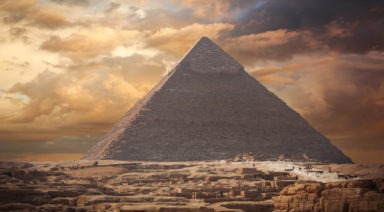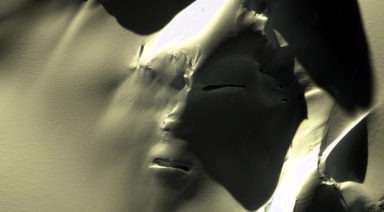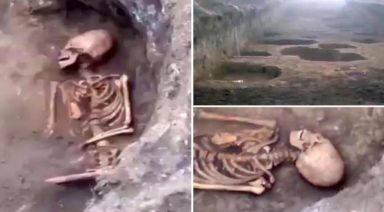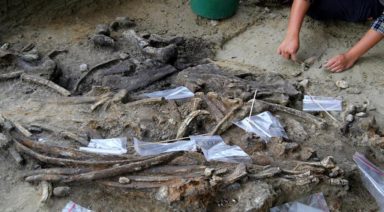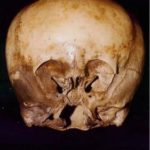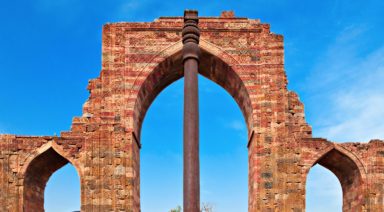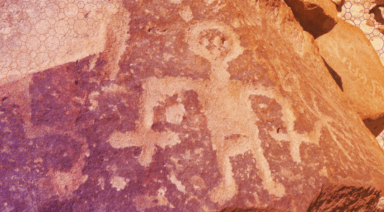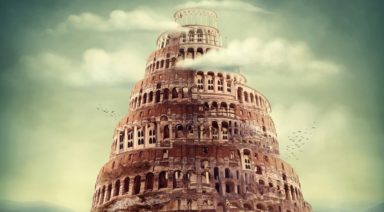Derinkuyu & Nevsehir: Turkey’s Lost Underground Cities
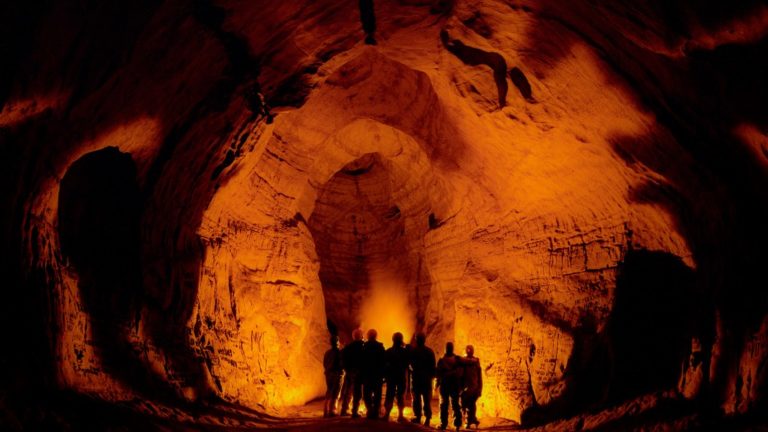
Lost civilizations have long held fascination and curiosity for many. Rich with historical sites and breathtaking landscapes, the ancient Anatolian region of Turkey seems otherworldly at times, and the city of Cappadocia is no exception.
The first recorded reference to Cappadocia dates as early as the late 6th century BCE, in documents transcribed for Persian kings. The Cappadocians were even mentioned in the Bible in the Book of Acts, most likely originating of Jewish descent.
Cappadocia is known for its beautiful yet arid countryside, curious rock formations, and cave dwellings. The terrain seems right out of a science fiction novel, but volcanic activity in the 3rd geological period most likely explains the spires, called “fairy chimneys.”
Climate has also played a massive part in the erosion of the cone-shaped formations, as well as ancient human hands. Soft volcanic rock, called tuff, lends itself particularly well to carving, and in a hot, dry desert, living in caves provides relief from the intense heat. Past residents also carved and pock-marked the volcanic rock formations that have eroded over time into quirky spires and strange shapes. The dwellings and churches cut into the faces of cliffs and mountains also lend a mystical air to the semi-arid surroundings.
However, recent years have revealed Cappadocia had more secrets than previously disclosed, including a veritable network of underground cities, outfitted to sustain underground life for extended periods of time. Many of them are interconnected and large enough to be considered their own independent cities. As more and more amazing underground dwellings are uncovered, the mystery surrounding this troglodyte lifestyle still remains, and Derinkuyu and Nevsehir are no exceptions.
Derinkuyu
With such a rich and storied past, it’s hard to imagine this stunning area of Turkey could become even more mystical. At least, that’s what everyone assumed.
In 1963, a Turkish homeowner in the region of Cappadocia stumbled upon one of the most breathtaking ancient underground cities during a DIY home renovation by knocking down a wall in his basement. Cappadocia was already known for underground dwellings carved out of the soft volcanic rock, but what has come to be known as The Ancient City of Derinkuyu revealed underground living on a much grander scale — passages, rooms, churches, waterways, and a spider’s web of tunnels that remain largely unexplored.
From what scientists can tell, the ancient underground city of Derinkuyu appears to have been built between the 8th and 7th centuries. Eighteen stories of dwelling rooms, waterways, kitchens, and tombs allowed people under duress access to the underground web in the form of doors and tunnels that could then be sealed behind them with large round stones, enabling them to safely wait out whatever disaster pursued them. These massive stones used to block the entrances weighed 1,000 lbs and could only be leveraged and opened from the inside. Each floor could also be closed off separately in the rare event outsiders were able to force their way inside.
In addition to high security, this impressive cave bunker also had ample food storage and rooms for livestock, ensuring those waiting out an invasion in the caves could survive for a long time.
The caves remained in use by Turkish inhabitants up until the 1920s, when there was brief persecution of Christians during a population exchange with Greece. Currently open to the public, nearly half of the passageways and rooms are explorable and draw visitors from around the world.
Nevsehir
Derinkuyu was assumed to be the largest underground city uncovered in Turkey for many years until a housing company began construction to demolish low-income housing and develop the area in 2013. Workers discovered what appeared to be tunnels and entryways leading back into the slope beneath a Byzantine-era castle, and further construction was halted. A team of experts was called in, and in 2015, the geologists and archaeologists realized what appeared to be another small-scale underground dwelling surpassed all assumptions. What began as yet another accidental discovery turned out to be one of the largest excavations of an underground city.
Located beneath a castle on a hill that dates back to the Byzantine era, Nevsehir is an impressive subterranean complex featuring tunnels, rooms, stables, and even churches that could have housed almost double the number of people as Derinkuyu.
In an attempt to understand the scale of the site, geophysicists from nearby Nevsehir University conducted a survey utilizing seismic tomography and geophysical resistivity technology. Under such scrutiny, the site revealed its impressive scale: 5 million square feet of churches, rooms, and schools, with passages that connect to other subterranean cities, making it what some suspect to be the largest ancient underground city in the world.
Artifacts were also unearthed, including grindstones, pottery, and even linseed presses for extracting oil to burn in their lamps and illuminate their dark homes. After careful examination by scientists, these artifacts indicate the city was most likely in use during the Byzantine period and throughout the Ottoman empire.
Complete with waterways in close proximity to a water supply and air shafts to allow ventilation, Nevsehir, much like Derinkuyu, appears to have been equipped to be completely self-sustaining. And in a similar fashion to its sister city, entryways and doors would have been sealed off with massive stones and only able to be opened from the inside.
The Question Still Stands
The mystery lingers, however. Answers to how these people carved such a massive compound and details regarding precise dating have yet to be released by the experts involved with the excavation. Speculation and theory are all very well, but in the end, no one is certain as to why these massive underground cities were built, how, and exactly what they were used for.
Humans have been creating homes for themselves and their families from caves for centuries, especially when protection is needed, including the Hopi and Native American Sacred Caves. However, we know, in addition to the fiery volcanic chain that runs parallel to the Taurus Mountains, Anatolia was also rife with religious conflict in ages past. Persecutions arose for those who ascribed to Christianity before it was more widely accepted, and well-known historical figures such as Alexander the Great struggled to control the region.
In an attempt to cut to the heart of the mystery swirling around the Anatolian area, scientists concluded early persecuted Christians built these tunnels and secret underground compounds to escape attempts on their lives. The ancient inhabitants had also carved homes and churches out of the rock, but the accidental discoveries of Derinkuyu and Nevsehir brought to light something else entirely. Some even posit aliens are responsible for the otherworldly dwellings and cities, but until further research has been conducted, no one knows for sure.
The Future of Turkey’s Underground Cities
In the meantime, the housing development originally planned for the area above Nevsehir was moved to the suburbs outside of Cappadocia to preserve this archaeological treasure. Despite 90 million in Turkish lira having been spent on the development already, local officials do not view this as a loss. Plans are in place to eventually reopen the underground churches, and archaeologists continue to unearth artifacts and discover new passageways, some of which are rumored to plunge as deep into the Earth as 371 feet. When disturbed, tuff collapses easily, so the next steps taken will need to be done slowly and carefully to preserve as much of the city as possible.
It seems most likely the underground cities of Derinkuyu and Nevsehir came about at the hands of ancient Christians struggling to escape persecution. However, the true answer, as with many remarkable historical finds and questions surrounding ancient origins, continues to elude us.
Want more like this article?
Don’t miss Ancient Civilizations on Gaia to journey through humanity’s suppressed origins and examine the secret code left behind by our ancestors.
Evidence the Knights Templar Migrated to Brazil

In the heart of Brazil lies a cave with carvings that may rewrite history. Long before Columbus set foot in the New World, a Medieval society had already taken root. Now researchers are looking for what drove this group across the Atlantic Ocean.
What were they in search of, and what secrets do they now offer the world? A new documentary titled, “The Brazilian Templars Mystery,” sheds light on one of the most overlooked clues to our past and one of the most intriguing and misunderstood cult of warriors — the Knights Templar.
Around 1118 A.D., Hugues de Payens, a French knight, created a military order, along with eight relatives and acquaintances, who became known as the Knights Templar. The order grew rapidly into a large organization of devout Christians during the Middle Ages, charged with an important mission: to protect European travelers on their pilgrimage to the Holy Land and carry out military operations that would ensure a free flow of unhindered pilgrims.
The members of this colorful order of knights swore oaths of poverty and chastity and wore a distinctive badge bearing a red cross on a white mantle. As pilgrimages grew in intensity, so did the numbers of Templars until they became Medieval Christendom’s leading military order.
Over time, the Templars gained a reputation as a wealthy, powerful, and mysterious order that was well-known for their activities as droves of travelers made their way to the holy sites of Jerusalem. When Christian armies wrested control of Jerusalem in 1099 A.D., the Templars opened the floodgates for more and more pilgrims to join.


